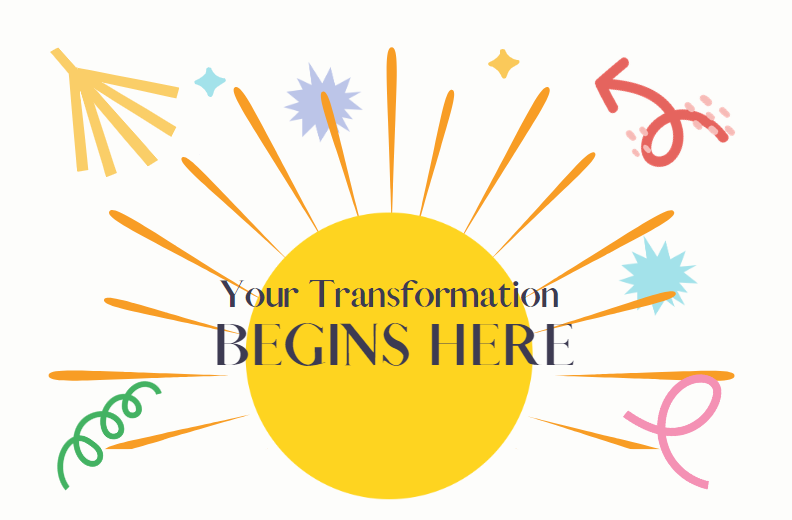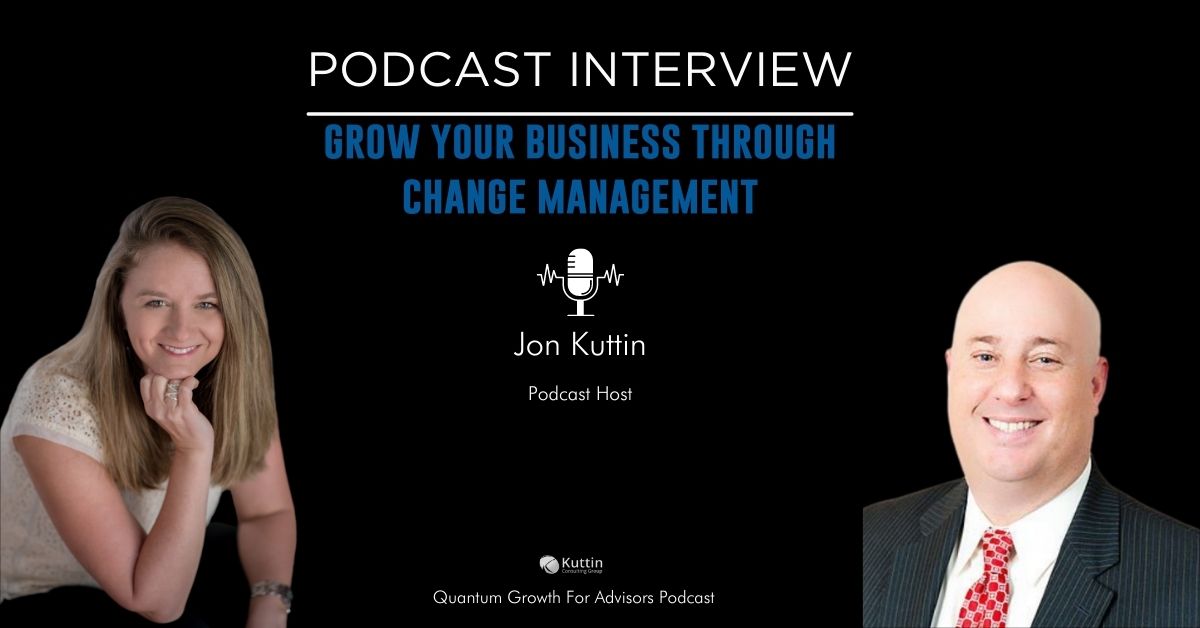
Over the past decade, there has been no shortage of debate over whether workplace burnout is a “real” condition or simply a scapegoat for employees who can’t handle the heat. After all, it’s difficult to substantiate a syndrome or condition when there is no quantitative way to measure it, which makes overcoming workplace burnout even more challenging.
CLICK HERE to listen to this article or scroll down to keep reading
But on May 28, 2019, the World Health Organization (WHO) sought to settle the dispute by adding burn-out as an “occupational phenomenon” in its 11th Revision of the International Classification of Diseases (ICD-11), defining it as,
“[A] syndrome conceptualized as resulting from chronic workplace stress that has not been successfully managed. It is characterized by three dimensions:
- feelings of energy depletion or exhaustion;
- increased mental distance from one’s job, or feelings of negativism or cynicism related to one’s job; and
- reduced professional efficacy.”
Mismanaged stress can stifle even the most competent employees. How can you possibly be expected to help clients with their problems if you are drowning in the mismanagement of your own? Burnout is also known to propagate overall employee dissatisfaction, decreased staff productivity, and increased employee turnover.
But Burnout is not a permanent condition. Measured steps can be taken to eliminate undue stress in your work life. Let those steps open up a new space for you to thrive again.
Find, Use, and Focus on Your Natural Abilities
As individuals with different backgrounds, talents, and ingrained biases, each of us brings our own skills and “pre-conditions” to the table. Noticing how our inherent behavioral differences affected our potencies, Dr. William Marston, created the DiSC assessment instrument to measure the way people think, behave, and interact in the workplace.
One of the most popular results of the DiSC assessment is the delineation of an individual’s Natural vs. Adapted Behaviors.
Natural behaviors are an individual’s default patterns. These patterns come most naturally to them and feel the most authentic to who they are. These are so inherent to our core identity, they require little to no effort from us.
Adapted behaviors, on the other hand, are those that we perform in a forced attempt to fit into our current work environment. If our natural behaviors align with who we are, then our adapted behaviors align with who we need to become to effectively fill a certain role at work. As you can guess, adaptive behaviors require more of our energy.
When an individual is in a role where their adaptive behavior requirements exceed those of their natural behavior requirements, they are working at a much more strenuous mental capacity than they probably should be. This is exactly where burnout tends to creep in and take matters from bad to worse.
As a burnout prevention strategy, seek out roles that require less of your adapted behaviors and more of your natural ones.
Shift Your Mindset
Barbara Kay, a behavioral and business psychology expert with 20 years of coaching and speaking experience, provides some great insight on the types of stress in our lives, pointing out that not all stress is created equal: “Not all stress is negative. Some stress actually helps build resilience and promotes long-term success. The stress that is toxic relates to a combination of things: toxic expectations, toxic mindsets and toxic people.”
“Often negative stress is created by false expectations. For example, natural introverts often believe they are not good business developers. They see extroverted persuaders succeeding and assume that being extroverted is the only path to success. This expectation is stressful and leads to a negative mindset filled with dread. It’s also false. The truth is introverts may not be good at business development the way extroverts do it. Introverts can be successful using their introvert strengths.
“In coaching, we often debunk toxic expectations and shift mindsets. This empowers people to transform their perceptions and performance. When people authentically transform a challenge into a positive opportunity, they do not experience the negative psychological impact of stress.
“That’s true for expectations, mindsets, and people. There is no doubt we encounter toxic people at work. Yet, even the impact of toxic people can be greatly reduced by changing expectations and mindset. Ultimately, we can’t change other people. But we can take control of our mind and our actions, and embrace the opportunity to grow. By doing so, we reduce stress, increase resilience and vastly improve our outcomes.”
Be Vulnerable, Be Clear
As part of her “Leadership Series: Vulnerability and Inspired Leadership,” researcher-storyteller and author, Brené Brown, explains the place of vulnerability in the workplace. After decades of research and hundreds of in-depth interviews, Brown found that we, as humans, do whatever it takes to guard ourselves from being vulnerable.
In the workplace, this “invulnerability shield” can take the form of “perfecting, pretending, and pleasing” others in order that we may “[make] everything ‘just right’.” We do this to keep those around us happy and avoid the discomfort that expressing ourselves may render. But this type of perfectionism is exhausting and causes burnout. The pressure of the charade can lead to deep-seated resentment. It robs staff of the chance to perform their job the way we need them to.
Accept the temporary discomfort of vulnerability and clearly express what you need, want, and expect from those around you. As Brené states, “clear is kind.” When employees know what is expected of them, they can actually provide you with the support you need from them upfront. So instead of getting fizzled out redirecting misguided efforts or fixing their mistakes, you can devote your time to higher level tasks that are more rewarding for you.
At the heart of burnout prevention is controlling your mindset, capitalizing on your inherent superpowers, and being authentic. Choose the tasks for which you are best and naturally suited and delegate the rest. No one can do what you can do quite the way you can. Embrace it.






